Chemistry – Transformation, Experimentation, and Application
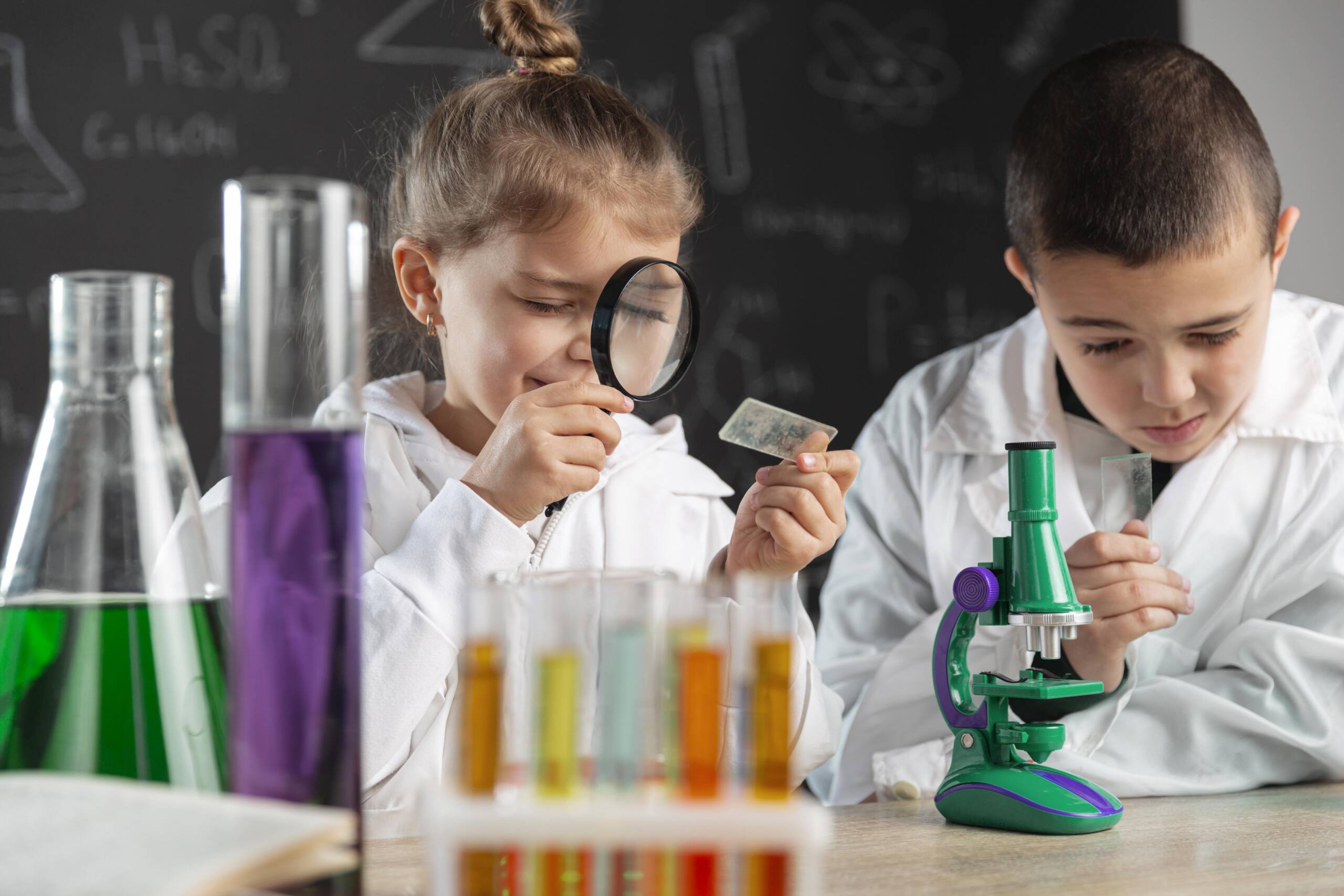
Journey from alchemy to contemporary everyday life as you delve into the science of substances. Explore the elements that influence our daily routines and experience captivating live demonstrations!
The Chemistry Exhibition is organized into three primary sections, each featuring a variety of interactive components.
- Historical Laboratories: Step into immersive dioramas that take you on a chronological journey from medieval alchemy to the advancements of Justus von Liebig in the 19th century. These walk-in displays offer a fascinating glimpse into the evolution of chemical sciences.
- Experimental Area: Engage with hands-on exhibits, explore the laboratory section, and attend presentations in the lecture hall. This area is designed for interactive learning and experimentation, allowing visitors to actively participate in scientific discovery.
- Main Exhibition Hall: Divided into thematic zones, this expansive space showcases the role of chemistry in everyday life. Discover how chemistry influences activities such as cooking, construction, sports, and leisure, revealing the science behind the scenes.
- Interactive Periodic Table: A large, engaging periodic table display helps visitors gain a deeper understanding of this fundamental aspect of chemistry. Interactive features make learning about the elements both informative and enjoyable.
Explore the Chemistry Exhibition to uncover the dynamic world of substances and their impact on our daily lives through engaging displays and live demonstrations!
Musical Instruments
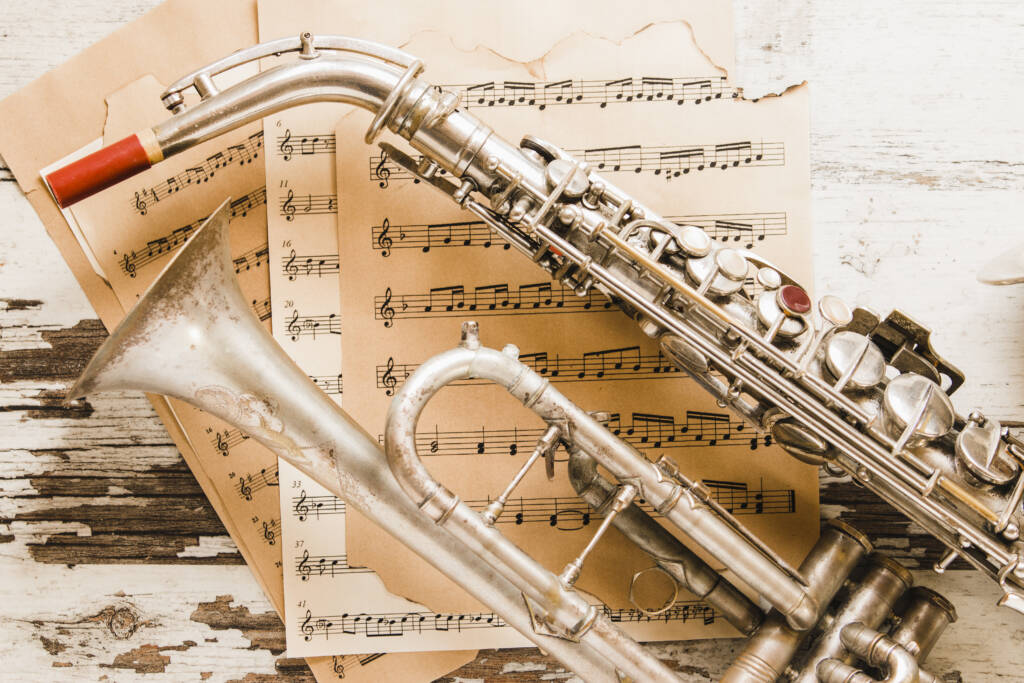
Spanning from the Renaissance to the present day, this exhibition invites you to explore the pivotal stages in the evolution of musical instruments.
This exhibition delves into the progression of instruments within the European musical heritage. Carefully selected highlights from the museum’s impressive collection of around 2,000 instruments are on display, featuring notable pieces such as the Ahrend organ, the singing bird automaton, and the Moog IIIp synthesizer. Spread across three rooms, visitors can follow significant milestones in the history of musical instruments from the Renaissance period to the modern era.
Interactive displays allow guests to understand the workings of an organ or explore the fundamentals of electronic sound generation and acoustic phenomena. Additionally, certain sections of the exhibition feature films that illustrate the various contexts in which musical instruments have been used throughout history. Finally, visitors can peek into the storage area, offering a unique insight into the fascinating behind-the-scenes efforts that maintain and support the museum’s exhibitions.
Classical Optics
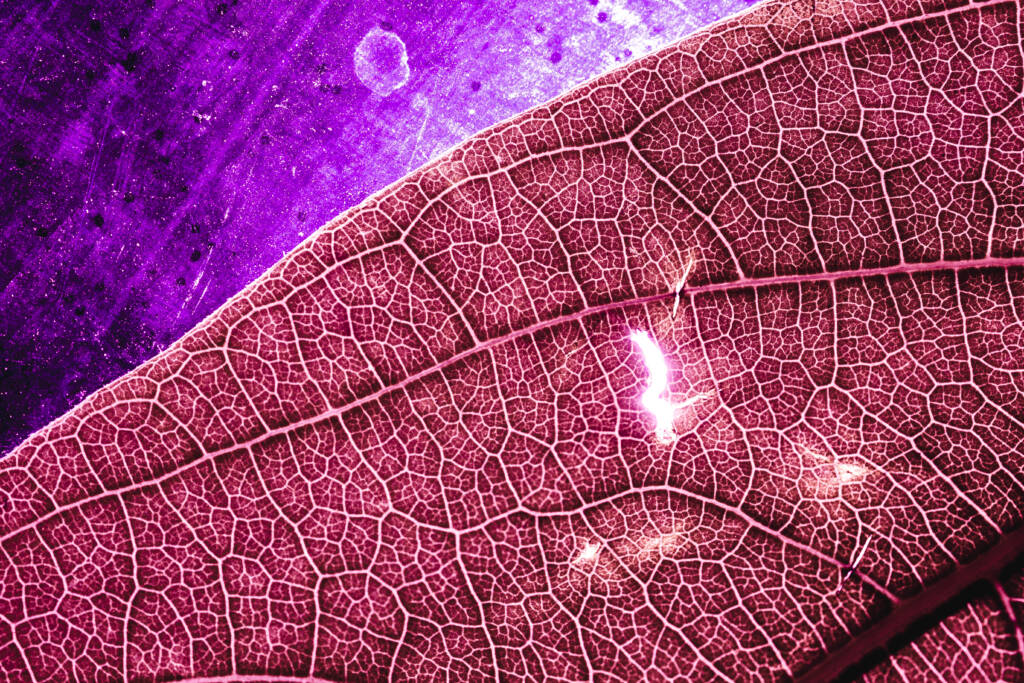
Optics – Fundamentals and Applications
Discover the essential principles and practical uses of optics in this comprehensive exhibition, which traces the evolution of this branch of physics from ancient times to the early 20th century. Upon entering, you’ll be greeted by three impressive dioramas that illustrate key moments in the history of optical science. The Microscopy Theatre invites you to explore the microscopic world, featuring fascinating creatures such as tardigrades, predatory mites, and marine plankton. Additionally, the expansive experimental area is equipped with interactive exhibits and push-button experiments, encouraging visitors of all ages to engage with and enjoy the concepts of geometric and wave optics in a fun and hands-on way.
Atomic Physics
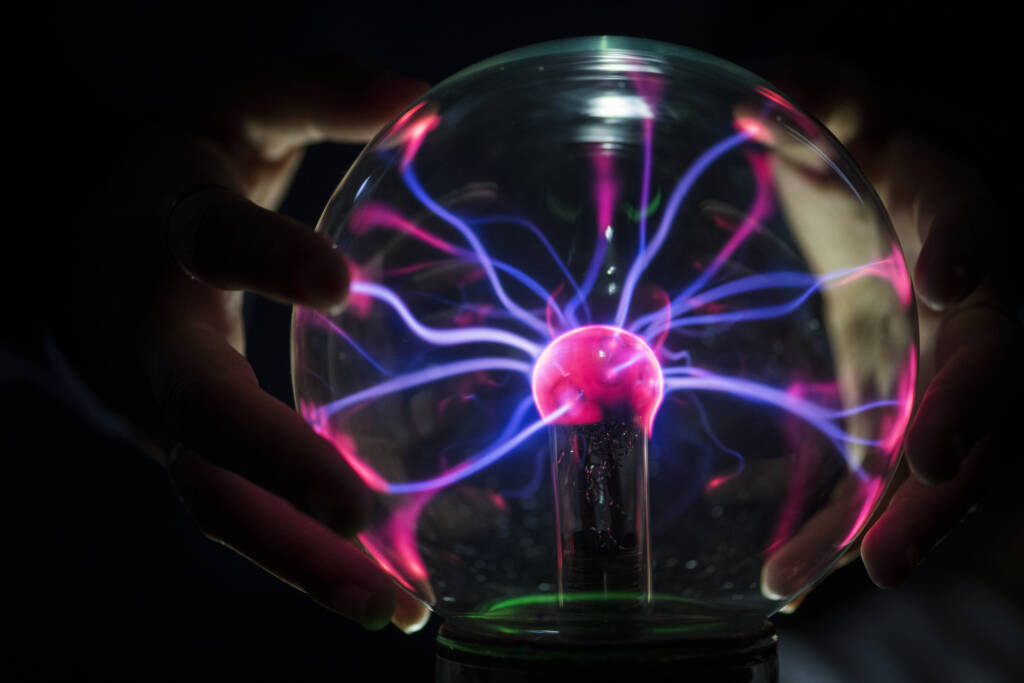
Delving into Radiation, Atoms, and Quantum Physics
Welcome to the captivating world of the tiniest particles! Grounded in the principles of quantum mechanics, atomic physics has significantly shaped the 20th century and serves as the foundation for many technological advancements that are integral to our modern lives. This exhibition illuminates the journey physicists have undertaken to comprehend the structure of atoms, highlighting both the opportunities and challenges that have arisen from these discoveries.
Featured Exhibits:
- Geissler Tube: Explore the early experiments in gas discharge and electrical phenomena.
- Curie Apparatus: Discover the pioneering work in radioactivity and its applications.
- First German Cyclotron: Learn about the development of particle acceleration and its impact on nuclear physics.
- Schrödinger’s Cat Model: Delve into the intriguing thought experiment that challenges our understanding of quantum mechanics.
Key Questions Addressed:
- What is radiation?
- Do atoms really exist?
- What is the structure of an atom?
- What is quantum physics?
- What is nuclear radiation?
- What is high-energy physics?
- What is the structure of the nucleus?
At the center of the exhibition lies the “Nuclear Body,” an interactive experimental area designed for hands-on learning. Here, visitors of all ages can engage with exhibits that encourage them to explore and find their own answers to fundamental questions about atomic, nuclear, and particle physics.
Immerse yourself in the fascinating developments of atomic physics and understand how these microscopic discoveries continue to influence our world today!
Foucault’s Pendulum
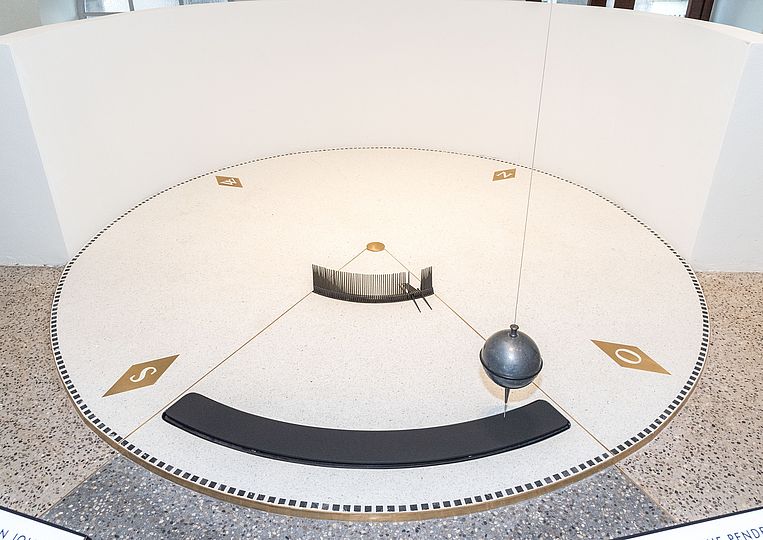
Earth’s Rotation Demonstration
The Deutsches Museum Tower serves multiple functions beyond being a prominent landmark. It houses a weather station, a transmission mast, and offers a vantage point, along with being the home of a renowned pendulum exhibit.
Location and Accessibility:
- Entrance: Situated on the ground floor between the Model Railway and the Bridges and Hydraulic Engineering exhibitions.
- Access: Visitors can reach the viewing platform either by taking the elevator or by climbing over a hundred steps.
Exhibition Highlights:
- Foucault’s Pendulum: Near the elevator, observe the mesmerizing motion of Foucault’s Pendulum in action. This demonstration illustrates the Earth’s rotation in a tangible and engaging manner.
- Pendulum Mechanics: At the base of the tower, a 30 kg lead ball swings back and forth on a 60-meter-long wire rope. Below the swinging ball is a three-meter-diameter circular disc marked with compass points and adorned with over 60 movable cones arranged in a semicircle.
- Demonstration: As the pendulum maintains its plane of swing, the Earth rotates beneath it, causing the lead ball to knock over the cones one after another. This visually represents the Earth’s rotation, which occurs at an impressive speed of approximately 1,117 km/h at our latitude.
- Historical Artifact: To the left of the pendulum lies a significantly larger lead sphere. This massive 5,800 kg sphere was utilized by physicist Philipp von Jolly (1809–1884) to determine the Earth’s density, showcasing the intersection of historical scientific research and interactive exhibits.
Experience the Rotation of the Earth:
- Interactive Learning: This exhibit offers a unique opportunity to witness and hear the Earth’s rotation in action, providing a hands-on understanding of fundamental physical principles.
- Behind the Scenes: Gain insight into the fascinating work and historical significance behind the pendulum and the tower’s other scientific instruments.
Visit the Deutsches Museum Tower to explore these captivating exhibits and deepen your appreciation for the scientific advancements that help us understand our world.

